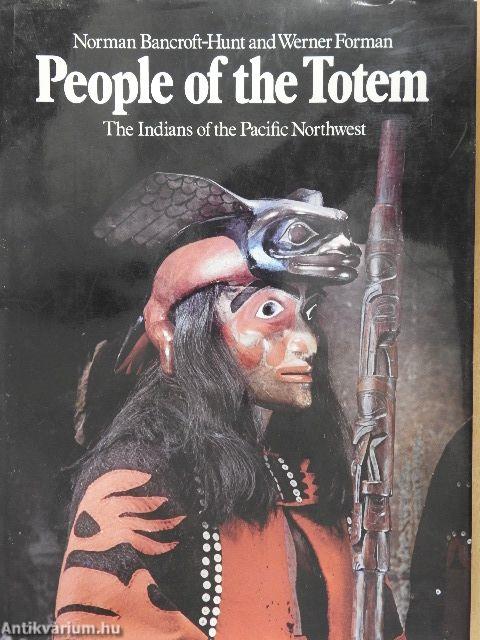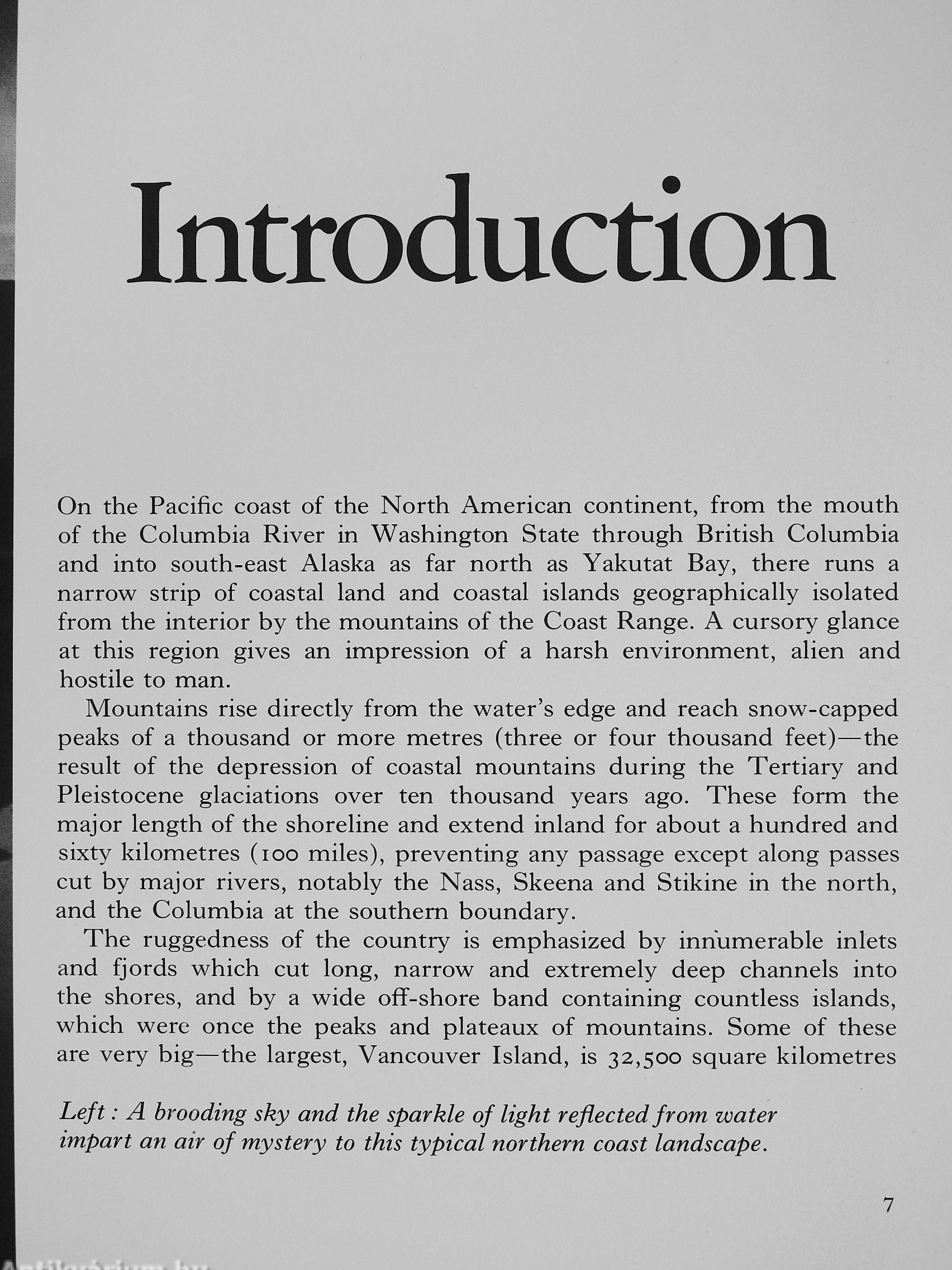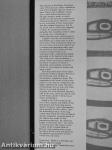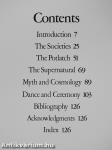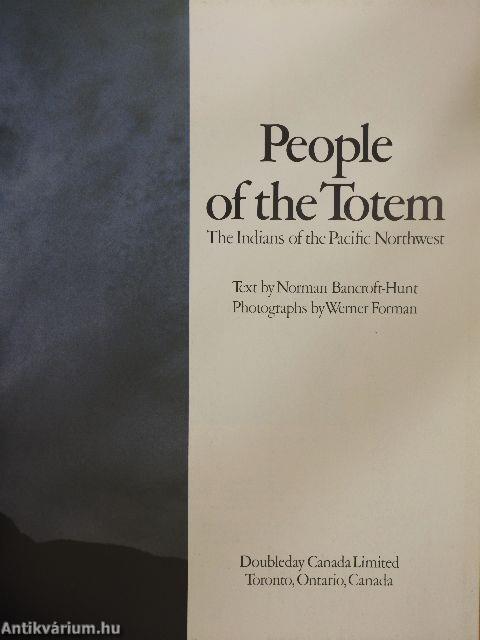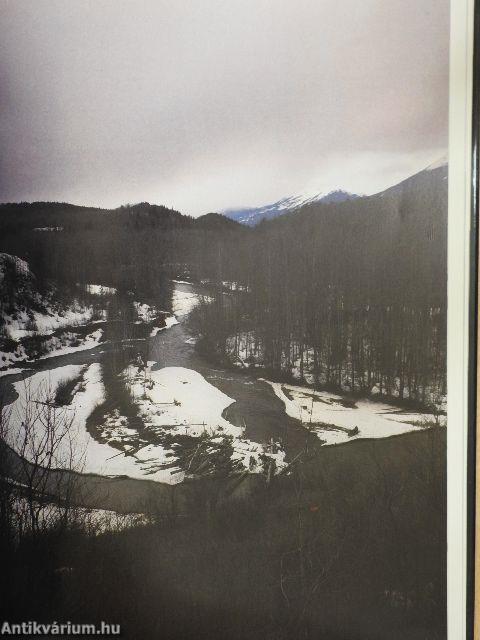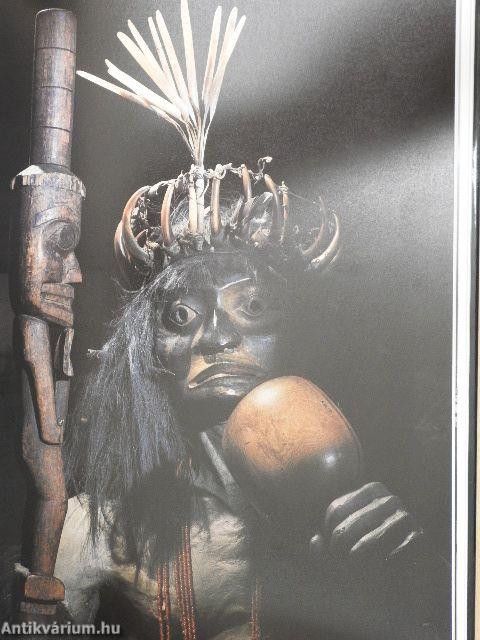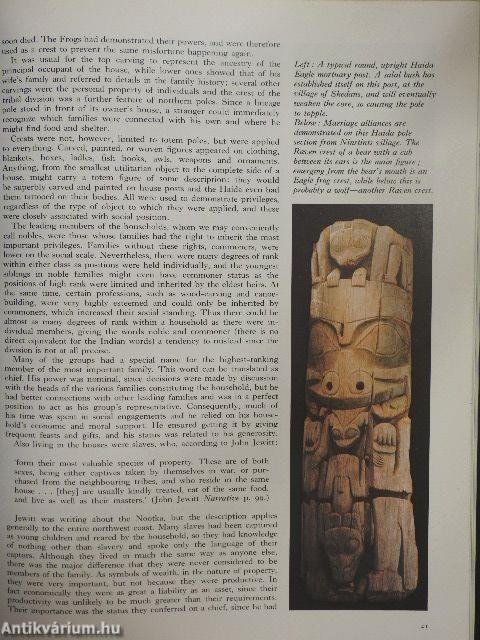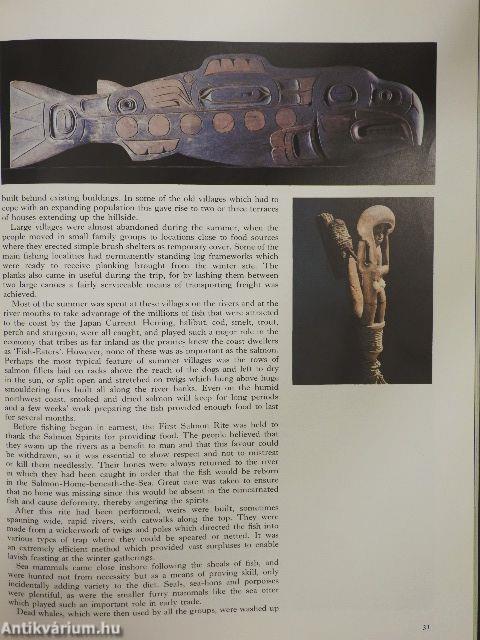1.117.303
kiadvánnyal nyújtjuk Magyarország legnagyobb antikvár könyv-kínálatát
People of the Totem
The Indians of the Pacific Northwest
| Kiadó: | Doubleday Canada Limited |
|---|---|
| Kiadás helye: | Toronto |
| Kiadás éve: | |
| Kötés típusa: | Fűzött keménykötés |
| Oldalszám: | 128 oldal |
| Sorozatcím: | |
| Kötetszám: | |
| Nyelv: | Angol |
| Méret: | 31 cm x 23 cm |
| ISBN: | 0-85613-304-3 |
| Megjegyzés: | Színes fotókkal. |
naponta értesítjük a beérkező friss
kiadványokról
naponta értesítjük a beérkező friss
kiadványokról
Előszó
TovábbFülszöveg
The Indians of the Pacific Northwest coast of Canada and Alaska established one of the strangest cultures known to man. Theirs was an affluent society, due to their skill as fishermen and through intensive trade, in which wealth was the essential component in attaining social status. However, it was not by ownership of their possessions that they judged themselves, but by the lavish way in which they disposed of them. At ceremonies known as potlatches they would lay claim to status by giving away, consuming or destroying their most valued property.
Together with this inverted form of materialism ran a deep sense of unity with nature. The world about them was fek to be alive with spirits, which had a constant and immediate effect upon the individual. Each family and clan traced its ancestry back to an association with a supernatural being, embodied in the familiar totem poles. The result was a rich mythology, a society which was always conscious of the forces of nature on which... Tovább
Fülszöveg
The Indians of the Pacific Northwest coast of Canada and Alaska established one of the strangest cultures known to man. Theirs was an affluent society, due to their skill as fishermen and through intensive trade, in which wealth was the essential component in attaining social status. However, it was not by ownership of their possessions that they judged themselves, but by the lavish way in which they disposed of them. At ceremonies known as potlatches they would lay claim to status by giving away, consuming or destroying their most valued property.
Together with this inverted form of materialism ran a deep sense of unity with nature. The world about them was fek to be alive with spirits, which had a constant and immediate effect upon the individual. Each family and clan traced its ancestry back to an association with a supernatural being, embodied in the familiar totem poles. The result was a rich mythology, a society which was always conscious of the forces of nature on which it depended, and carefully conceived rituals for reconciling the human and spirit worlds.
This deep penetration of the spirit world into ordinary life gave the art of the Northwest coast Indians an extraordinary imaginative force. The ceremonies at the centre of their lives called for the creation of elaborate and highly sophisticated masks. But their craftsmanship did not stop with ritual objects; it touched all details of everyday life, with dedicated attention paid to the most utilitarian objects such as fish-hooks, spindle whorls, house chests and blankets.
People of the Totem examines the way of life, artifacts and beliefs of this little known and fascinating people. Werner Forman's colour photographs, taken specially for this volume, show the threatening beauty of the long coastal strip which the tribes inhabited, and the exquisitely executed details of the objects they made. In this harmonious approach, the American Indian world comes alive - the world of Tsonoqa (the wild woman of the woods), of the Crooked-Beak-of-Heaven, and countless other spirits -but above all the world dominated by the physical representation of their world-view, the totem.
Front cover : Model of a Tsimshian clan
chief wearing crest regalia.
Back cover : Kwahiutl Thunderbird mask. Vissza
Témakörök
- Vallás > Egyéb vallások
- Idegennyelv > Idegennyelvű könyvek > Angol > Művelődéstörténet
- Idegennyelv > Idegennyelvű könyvek > Angol > Vallás > Egyéb
- Idegennyelv > Idegennyelvű könyvek > Angol > Néprajz
- Művelődéstörténet > Civilizációtörténet > Amerikai
- Művelődéstörténet > Kultúra > Kultúrantropológia
- Néprajz > Folklór (szellemi néprajz) > Népi kultúrák > Amerika
- Néprajz > Tárgyi néprajz > Életmód > Magánélet szokásai > Vallás
- Paratudományok > Spiritizmus > Mágia
- Paratudományok > Hit > Szertartások
- Idegennyelv > Idegennyelvű könyvek > Angol > Paratudományok > Egyéb
- Vallás


